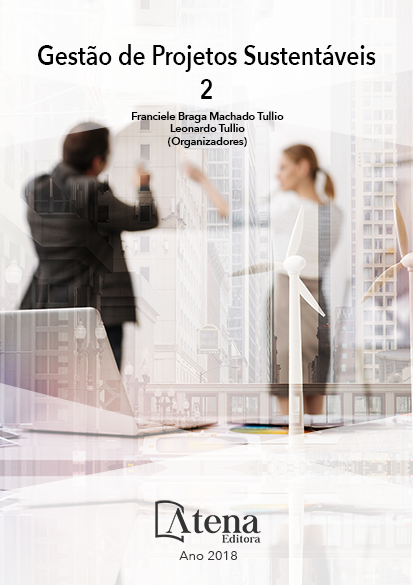
ANÁLISE DA GERMINAÇÃO DO BARU – DIPTERYX ALATA VOGEL (FABACEAE) EM DIFERENTES SUBSTRATOS, VALPARAÍSO DE GOIÁS
O baru - Dipteryx alata (Vogel) é
uma espécie arbórea típica do bioma cerrado
e tem sido explorado pelo seu potencial
nutritivo e forrageiro. A pesquisa consistiu
em cultivar sementes do baru em diferentes
substratos por 90 dias com o objetivo de
verificar que substrato promoveria melhor
germinação e desenvolvimento de mudas
da planta, permitindo assim um cultivo mais
eficiente, contribuindo para a recuperação de
áreas degradadas. A metodologia aplicada
consistiu em cultivar 25 sementes em areia
com esterco de gado (1:1); 25 sementes em
terra vermelha com areia (1:1); 25 com areia
com esterco de galinha (1:1) e 25 apenas areia,
acompanhando a germinação e o crescimento
das mudas quinzenalmente, verificando qual(is)
dos substratos promoveu(ram) respostas
mais eficientes. Os resultados apontaram
que a mistura de areia com esterco bovino
promoveu um crescimento mais significativo,
além de produzir um número maior de folhas.
O substrato contendo esterco de aves não
promoveu a germinação de nenhuma semente,
esta condição atípica ocorreu devido a presença
de formigas que degradaram as sementes. Já a
terra vermelha o desenvolvimento se mostrou
mais lento. Isso demonstra que para obtermos
um resultado mais satisfatório do crescimento do
baru, precisamos de um solo poroso com uma
grande concentração de matéria orgânica para
um resultado mais eficiente das mudas. Novos
ensaios devem ser realizados para identificar
detalhadamente quais nutrientes promovem um
crescimento mais eficiente da planta.
ANÁLISE DA GERMINAÇÃO DO BARU – DIPTERYX ALATA VOGEL (FABACEAE) EM DIFERENTES SUBSTRATOS, VALPARAÍSO DE GOIÁS
-
DOI: Atena
-
Palavras-chave: Dipteryx alata, Preservação do Cerrado, Extrativismo Sustentável, Germinação.
-
Keywords: Dipteryx alata, Cerrado Preservation, Sustainable Extractivism, Germination.
-
Abstract:
The baru - Dipteryx alata (Vogel)
is a tree species typical of the cerrado biome
and has been exploited for its nutritional and
forage potential. The research consisted in
cultivating baru seeds in different substrates
for 180 days in order to verify that the substrate
would promote better germination and seedling
development of the plant, thus allowing a more
efficient cultivation, contributing to the recovery
of degraded areas. The methodology applied
consisted in cultivating 25 seeds in sand with
cattle manure (1: 1); 25 seeds on red soil with
sand (1: 1); 25 with sand with bird manure (1:1) and 25 sand only, following the germination and seedling growth biweekly, verifying
which of the substrates promoted the most efficient responses. The results indicated
that the mixture of sand with bovine manure promoted a more significant growth,
besides producing a larger number of leaves. The substrate containing bird manure
did not promote the germination of any seed, this atypical condition occurred due to
the presence of ants that degraded the seeds. Red soil development was slower. This
shows that in order to obtain a more satisfactory result of the baru growth, we need a
porous soil with a great concentration of organic matter for a more efficient result of the
seedlings. New trials should be conducted to identify in detail which nutrients promote
more efficient plant growth.
-
Número de páginas: 15
- LUCIVÂNIO OLIVEIRA SILVA


